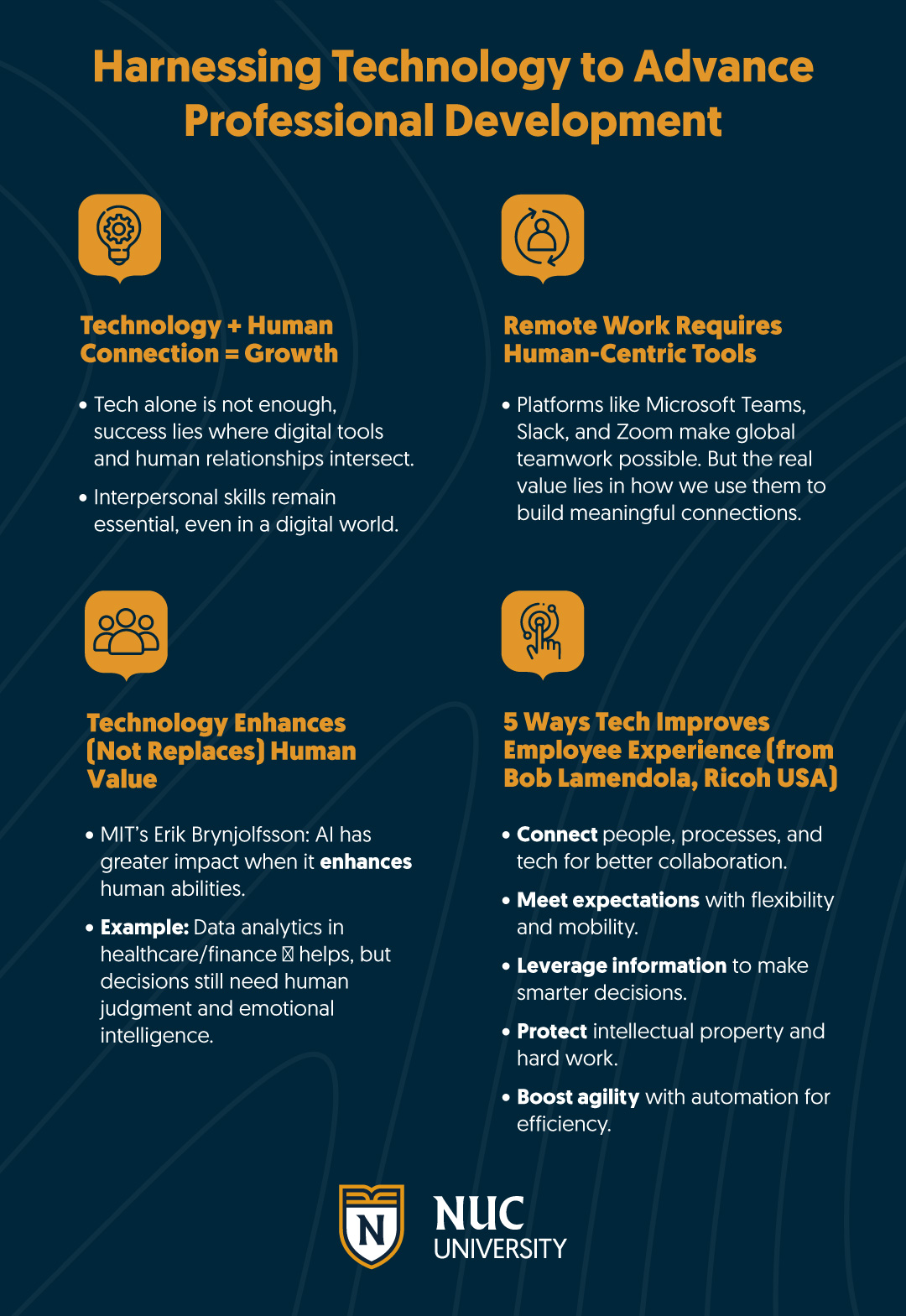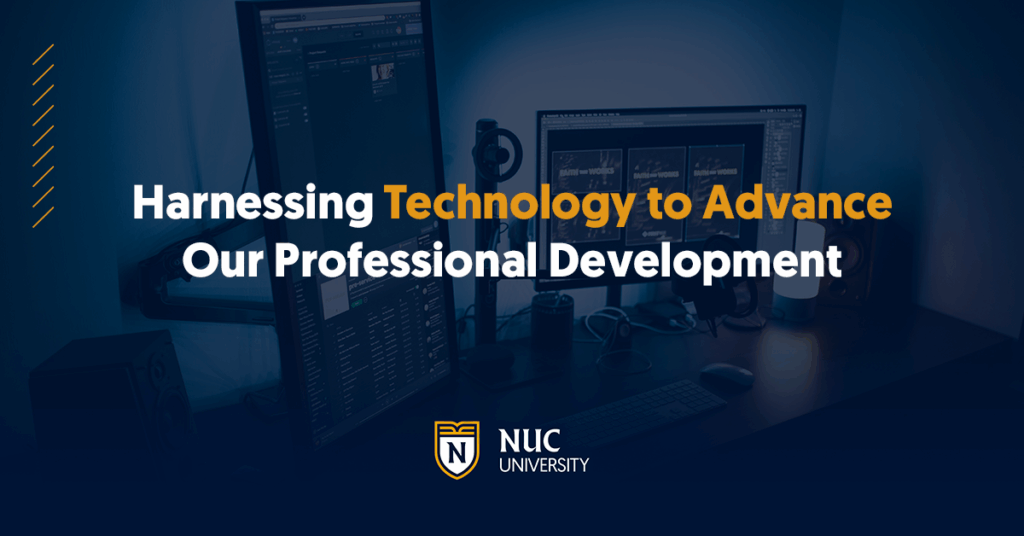Technology and human connection should work together to drive business success. Although automation and artificial intelligence streamline processes, strategic decisions still rely on human judgment.
In a world where technology is advancing rapidly, it’s easy to overlook the irreplaceable value of people. Yet the sweet spot for growth and success is precisely where technology and genuine human relationships meet.
Over the past few years, the way we communicate and interact in professional settings has changed dramatically. From digital communication tools to artificial intelligence, the transformation is undeniable. However, the key to success still lies in balancing tech with meaningful human connection. That’s why it’s so important to build interpersonal skills that enable effective and meaningful interactions.
Technology Doesn’t Replace Human Value—It Enhances It
When we think of tech in business, we often think of automation, AI, and digital platforms, but these resources are meant to expand our abilities, not erase them. Erik Brynjolfsson, a professor at the Massachusetts Institute of Technology (MIT), emphasizes that AI has the greatest impact not when it replaces human labor, but when it enhances our capabilities, allowing people to focus on higher-value strategic tasks.
A clear example is the use of data analytics solutions in decision-making. In industries like healthcare and finance, real-time access to processed information improves professionals’ ability to diagnose, mitigate risks, and personalize services. But interpreting this data and making ethical, responsible decisions still relies on emotional intelligence and human judgment.
Cultivating Empathy in the Digital Era
With the rise of digital communication platforms, workplace interactions have changed drastically. Video calls and remote work are now the norm. This leads us to ask: are we truly connecting with our colleagues?
Through Microsoft Teams, Slack, or Zoom, teams can share ideas and collaborate from anywhere in the world. But the key lies in how these tools are used to encourage meaningful interactions.
A Harvard Business Review article explains how emerging technologies can bring remote collaboration closer to the experience of in-person meetings. While some companies push for in-office returns, others embrace remote work. Leaders now face a crucial challenge: how can we maintain human connection in digital workplaces?
Technology Improves the Employee Experience
In a Forbes article, Bob Lamendola, Senior Vice President of Technology and Head of Ricoh USA’s Digital Services Center, shares five ideas for using technology and data to recognize the human aspects of work and improve employee experience:
- Connect people, processes, and technology: Integration improves collaboration and business efficiency.
- Meet expectations without limits: Digitization and mobility increase workplace flexibility and productivity.
- Leverage information to optimize efforts: Analyzing and structuring data facilitates strategic decision-making.
- Protect hard work and intellectual property: Implementing advanced security protects against cyberattacks and data loss.
- Increase IT agility for organizational success: Smart automation boosts efficiency and competitiveness in companies.
Continuous Learning: Essential to Keep Up with Technology
In this ever-changing context, ongoing training is essential to building interpersonal skills that enable authentic connections. The combination of technical and human skills helps us stand out and provide meaningful value to our organizations.
As members of the NUC community, we have both the opportunity and the responsibility to lead in this new era. By blending technology and connection, we can shape workplaces that are not only efficient but also enriching and inclusive.

Sources:
Harvard Business Review, How Emerging Technologies Can Foster Human Connections at Work
https://hbr.org/2025/01/how-emerging-technologies-can-foster-human-connections-at-work




